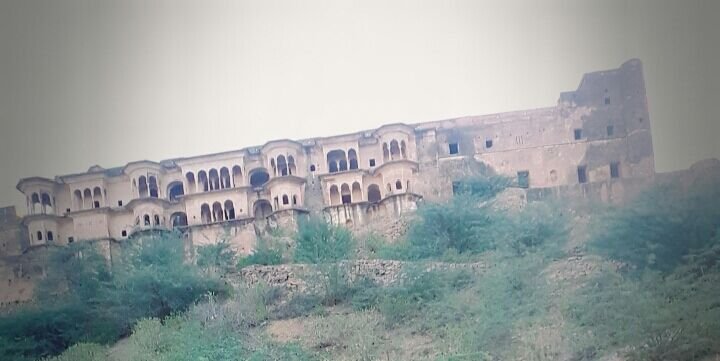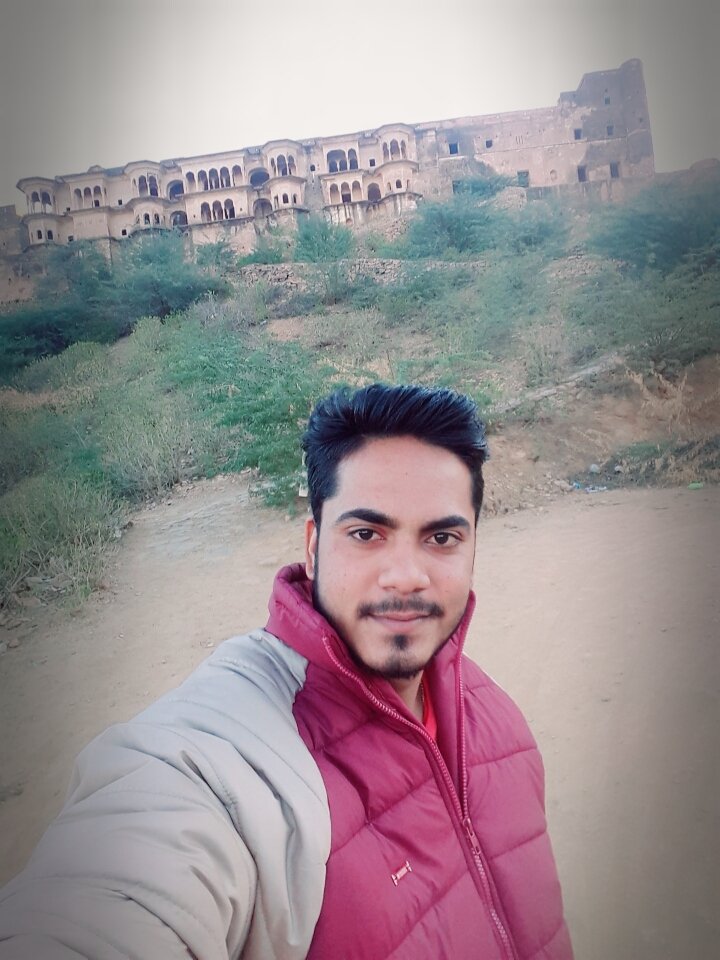HOME TRAVEL-AND-DESTINATIONS KHETRI MAHAL | THE WIND PALACE OF SHEKHAWATI
KHETRI MAHAL | THE WIND PALACE OF SHEKHAWATI
KNOWN AS THE WIND PALACE OF JHUNJHUNU, KHETRI MAHAL IS ONE OF THE MOST BEAUTIFUL AND FINEST ARCHITECTURE
KHETRI MAHAL
VIEW OF JHUNJHUNU FROM
Khetri Mahal, a small palace dating from around 1770 and once one of Shekhawati’s most sophisticated and beautiful buildings is believed to have been built by Bhopal Singh, Sardul Singh’s grandson, who founded Khetri. It is strange to know that despite being known as Wind Palace, the famous Khetri Mahal is devoid of any doors or windows.
Khetri Mahal was constructed by Bhopal Singh in around 1770. It is strange to know that the unique structure of the fort is so intimidating that it inspired Maharaja Sawai Pratap Singh of Jaipur to build the grand and historical Hawa Mahal in 1799. Khetri in itself was considered to be the second wealthiest ‘Thikana’ under Jaipur.
A series of small laneways at the western end of Nehru Bazaar leads to the imposing Khetri Mahal, one of the perfect examples of Shekhawati art and architecture. The uniqueness lies in the continuous flow of wind which invariably makes this structure stand apart from many other such buildings as it is devoid of any doors or windows. It is primarily known for its exquisite arrays of paintings and murals mainly supporting the Raghunath temple and Bhopalgarh fort.
Architecture of the Wind Palace...........!
Pillars have replaced the giant wall structures where ever possible in order to maintain the steady flow of gusting wind in the palace. One can notice an elongated access ramp leading to the vcosmic patio of the Mahal from the foremost entrance hall. This was specifically designed to provide ease to Rajputs in riding their horses. In fact, the different levels of the fortress are united with patio or terrace all the way through a string of similar access ramps. Another objective of these ramps was to provide high enough platform for ‘Thakurs’ to gaze down at their subjects without much effort. The sight from the roof top is really impressive.
Also, one can spot 2 tiny recesses with parts of paintings that belong to the long-gone era in the private meeting rooms of Thakurs. Most of these paintings were created with natural earth pigments. Inside of Khetri Mahal, one can explore huge graceful halls with intricately designed arches and pillars. The major aspect that makes Khetri Mahal into a unique palace is it has no doors or windows unlike other Mahals or Palaces.
Most of the rooms are connected through each other by a well designed series of arches and columns. These arches and columns provide a beautiful symmetrical view to the Palace. The age old lime plaster has been left to its own glory and has a rosy shine in it. Khetri Mahal remains to be one of the rare and unique structures of the Shekhawati era with a superb open-sided collection of intricate arches and columns, even though the architecture has become desolate and forlorn. The upkeep and preservation of these unique structure and murals can surely be a huge boost to our Indian tourism and culture.


Hi! I am a robot. I just upvoted you! I found similar content that readers might be interested in:
https://www.ohmyrajasthan.com/khetri-mahal-jhunjhunu-shekhawati
tnkhs